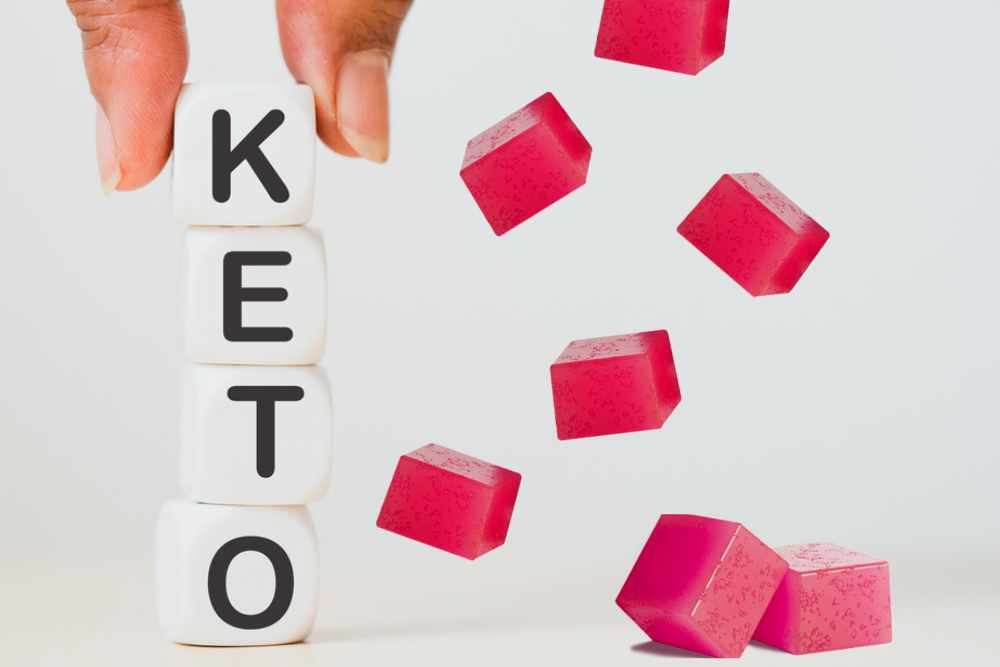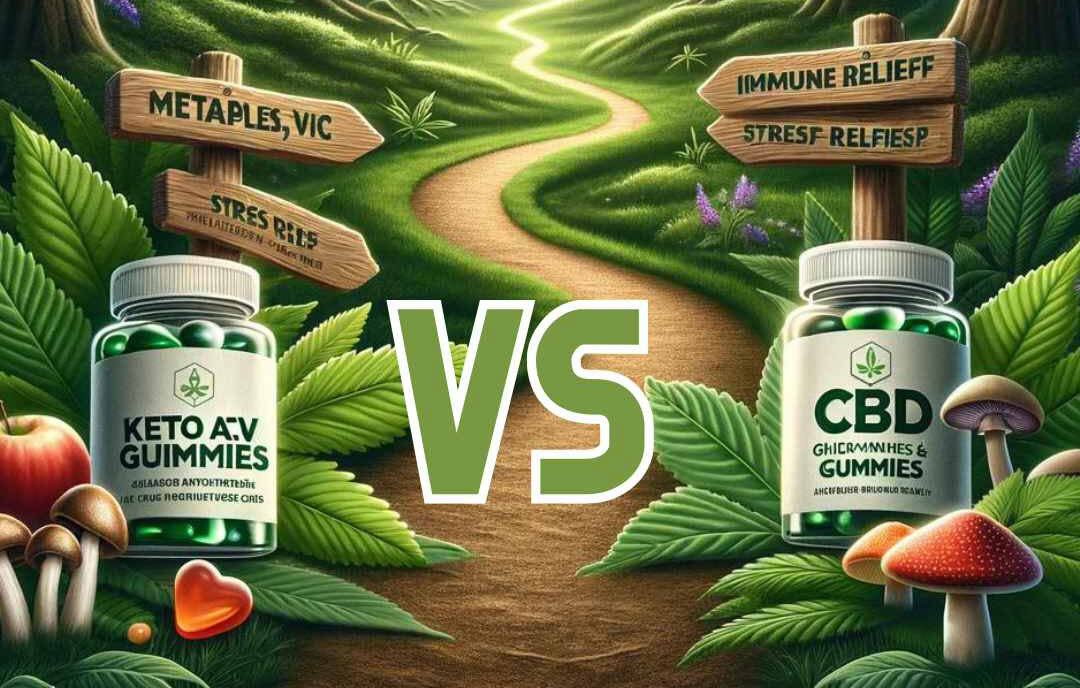CBG OIL: WHAT IS IT AND HOW IS IT USED
If you try and stay up-to-date on the latest and greatest in the world of holistic health and wellness, then you’ve probably heard about THC and CBD. These two cannabinoids typically ignite conversations on the daily, however, these two aren’t the only cannabinoids that derive from the cannabis plant. Other cannabinoids produced by this magical herb are minor cannabinoids, like cannabigerol (CBG), amongst many others.
CBG may not get as much attention as CBD, but a continuously growing body of research suggests that it offers many of the same benefits (if not more). Here’s the 411 on what CBG is, how it acts on and affects the body, CBG oil’s uses and benefits, and exactly what the differences are between CBG and CBD.
WHAT IS CBG OIL (CANNABIGEROL)?
Like CBD, CBG is also a cannabinoid. It’s a naturally occurring compound that is found in hemp and marijuana plants. Within these plants, there can be hundreds of cannabinoids present.
CBG hasn’t gotten as much attention as THC and CBD, but it is starting to turn the heads of researchers and people seeking natural management options for various ailments and conditions.

HOW IS CANNABIGEROL MADE?
Cannabigerol is often referred to as “CBD’s little cousin” or “the mother of cannabinoids”. It’s often present in very low levels, usually less than 1% in most strains. This is because many cannabinoids may start out as a form of CBG. Within the cannabis plant, CBG starts in the form of cannabigerolic acid (CBGA), providing original material for other cannabinoids. CBGA is synthesized with tetrahydrocannabinolic acid (THCA) and cannabidiolic acid (CBDA), and so on. When these compounds are heated, they drop the acid “A” and become the CBG, CBD, and THC we are familiar with.

This synthesis process occurs once the cannabis plant matures. This may explain why the amount of CBG in the cannabis plant decreases as the plant ages.
Furthermore, specific enzymes in the plant break down CBGA and lead it towards one of three potential paths. The acids here are exposed to heat or ultraviolet light, then become the cannabinoids we are familiar with - THC and CBD.
CBG oil can be derived and extracted from either the marijuana plant or the hemp plant.
THE ECS AND ITS ROLE
Named after the plant that led to its later discovery, the endogenous cannabinoid system is one of the most important physiologic systems involved in maintaining and establishing human health and wellness. The goal is to maintain homeostasis, our personal maintenance system to keep a stable internal environment despite fluctuations or changes in our external environment.
The endocannabinoid system (ECS) can be described as a signaling system within your body, composed of endocannabinoids, endogenous receptors, and enzymes that work simultaneously with most other physiological systems. These cannabinoids can be found throughout the body in the brain, connective tissues, glands, immune cells, and organs.

Think of the ECS as a cyclic process within our bodies: binding cannabinoids to our receptors, doing what it needs to do, then using enzymes to break them down.
So how do CBD, CBG, and THC work in the ECS? More on that below - hold your questions!
CBG AND ITS FUNCTIONS
Like other cannabinoids (THC and CBD), it’s hypothesized that CBG interacts with the human body’s endocannabinoid system (ECS) too.
Researchers and scientists are still diligently working to understand how cannabinoids affect the body’s natural ECS. It seems that CBG mostly binds with the body’s CB1 and CB2 receptors, like we mentioned above in the ECS section.
The science behind these receptors and CBN can get complicated. The main takeaway? How CBG interacts with the body’s ECS may help explain why it has several therapeutic effects.
WHAT IS CANNABIDIOL (CBD)?
There’s no question about it - you’re curious about CBD, so you head to the internet to find out all this is to know about this cannabinoid. If you live in a state where marijuana is legal, you might be seeing CBD products popping up just about anywhere and everywhere. Even though it’s just about everywhere, most still aren’t quite sure what it is or how it works.

CBD is a non-psychoactive cannabinoid, derived from the cannabis Sativa plant, also known as the hemp or marijuana plant. As a naturally occurring compound used in oils, salves, and tinctures, it aims to provide a feeling of relaxation and calmness. Unlike THC, this compound won’t get you “high”.
CBD AND ITS FUNCTIONS
Cannabidiol does not bind directly with CB1 and CB2 receptors, within the endocannabinoid system (ECS). However, this cannabinoid acts indirectly with the endocannabinoid receptors and influences them in other ways. Cannabidiol influences these receptors through upregulations of other compounds that interact with the endocannabinoid system’s receptors. Because it doesn’t connect directly with the receptors, it doesn’t cause users to “feel high” or “stoned”. Some experts consider CBD oil to be an “anti-marijuana”.
You can think of CBD as a child wanting to buy a candy bar, but going to their guardian (other compound) and asking for them to purchase it for them (interaction with the cannabinoid receptors). The cannabidiol gets what it wants, but it just influences others to do it for them, sort of.
CBD (CANNABIDIOL) VS CBG (CANNABIGEROL): THE DIFFERENCE
Just to clear the air, CBD and CBG do share a lot in common but are two very distinct compounds.
CBG and CBD are both cannabinoids.
Both cannabinoids occur naturally and are derived from the cannabis plant (or hemp plant).
Both CBG and CBD are non-psychoactive.
Neither of these compounds gives users a “high” effect or “stoned” feeling.
Both CBG and CBD interact with the body’s ECS.
While researchers are still working on the extreme details of the ECS, they have suggested that both CBD and CBG affect the human body through ECS interaction.
Both CBG and CBD may offer numerous therapeutic effects.
Both endocannabinoids have therapeutic benefits that are distinct to these compounds, but there are some effects that are shared amongst both. For example, cannabidiol and cannabigerol have been suggested to demonstrate assistance t in pain relief, anxiety relief, improving overall skin health, offering neuroprotective properties, and assisting with the management of health conditions.
Taken together, these cannabis compounds are known, anecdotally, to relieve symptoms of inflammation and pain.
Whatever the intended usage of both or either compound, a patient should always consult a physician prior to consuming any natural remedies or supplements.

WHAT ARE THE BENEFITS OF CBG?
Like we mentioned above, the human body’s in-house endocannabinoid system works hard to keep the body in balanced homeostasis at all times.
CBG has been reported to act on very specific physiological systems and the findings are quite promising.
1. NATURAL RELAXANT
In a 2010 review article, researchers suggested that CBG may also aid in muscle relaxation. For this instance, CBG may prove to be useful in the management of chronic pain or sports-related injuries.
2. PAIN RELIEF
According to a British Journal of Pharmacology review study, CBG may provide pain-relieving properties. As much as this may be true for CBD and THC, there is some evidence presented that CBG may have more pain-relieving properties than THC.

3. ANTI-ANXIETY PROPERTIES
Based on a Cannabinoids in Biology and Medicine article, CBG may offer relief from anxiety or depressive symptoms. There are supporting statements suggesting that CBG may increase natural levels of anandamide (aka the “bliss molecule”) located in the brain, thus, offering anxiety relief.
4. ANTIBACTERIAL, ANTIFUNGAL, AND ANTIMICROBIAL PROPERTIES
In 2008, European researchers completed a structure-activity study analyzing the antibacterial properties in cannabinoids, derived from Cannabis sativa. Researchers discovered that CBG is an effective antibacterial agent, specifically against microbial strains that are resistant to several classes of conventional drugs.

5. ANTI-TUMOR EFFECTS
Though no human studies have been done on CBG and carcinogenesis yet, animal studies have suggested that CBG oil may slow the progression of certain cancers. In addition, CBG may stimulate appetite, thus, helping to counteract one of the many effects of chemotherapy.
6. GLAUCOMA
CBG, amongst other cannabinoids, has been suggested to reduce intraocular pressure in the eye, which may be useful for people with glaucoma. CBG may help in treating glaucoma because it is a powerful vasodilator and may have neuroprotective effects.
While research on CBG is fairly new, studies are suggesting that this non-psychoactive cannabinoid may offer numerous benefits.
Benefits of CBG may include muscle relaxation, pain relief, relief from anxiety, and assistance in the management of numerous conditions, including glaucoma. Additionally, CBG has shown to have antibacterial, antifungal, and antimicrobial properties.

CANNABIGEROL MISCONCEPTIONS: DEBUNKED
Scientists and researchers are excited about these initial CBG findings and are promoting future research with CBG and CBG with other cannabinoids for the treatment of multiple ailments and conditions.
As much as CBG is rising to the reputation of having a wide array of potential therapeutic applications, there are misconceptions about this cannabinoid.
WHERE CAN I BUY CBG OIL?
If you’re wondering where you can buy cannabigerol (CBG) products, you’re definitely not alone. There are thousands and thousands of CBD products on the market, but CBG is still relatively new.
Nanocraft currently offers 2 products with CBG. Our DAY TIME CBD OIL WITH CBG and CAFFEINE and our Relief CBD Softgels with CBG and Curcumin

Brands are beginning to offer products with isolated CBG, usually seen in the form of edibles or tinctures. Pure CBG products are a great way to test out the endocannabinoid for yourself and see if it helps you! Or, if you’re open to trying CBG with your CBD regime, products are available with these two cannabinoids combined into the same formula. WIN.
CBG OIL: FINAL THOUGHTS
While cannabidiol and tetrahydrocannabinol are leading headlines and highlights in the cannabis industry, cannabigerol is making its way to the light, slowly but surely. Whether you are curious to try CBG with your current CBD or THC regime, or you’re wanting to try a pure form of CBG, we encourage you to do your research and see what’s out there and may fit your needs best.
Animal studies are continuously underway analyzing the effects and potential benefits of CBG, but much more is still needed to be done in regards to human studies and clinical trials. Until then, the current research may hold promise.

*DISCLAIMER: The information in this article is for educational purposes only. It does not exploit or provide medical advice of any kind. Therefore, any reliance you place on the information below is strictly at your own risk. Please check with your medical provider before starting or changing a CBD routine.
Kirsten is currently in pursuit of a PhD in Health Sciences at Rocky Mountain University of Health Professions (RMUoHP) in Northern Utah, specializing in Human Performance. She is a Research Assistant at RMUoHP in the Human & Sport Performance Laboratory as well as a Research and Development Writer for Nanocraft CBD. With a background in holistic care as an Exercise and Rehabilitation Specialist and Exercise Physiologist working with chronic pain patients, Kirsten’s desire to further her education and career in lifestyle medicine and cannabidiol research has been nothing short of her fruitful and passionate pursuit. She is very passionate about human physiology and plant-based medicine as well as the metabolic and nutritional adaptations that occur during exercise in athletes. Kirsten enjoys educating and informing people about the importance of lifetime movement as well as the influence of cannabis and CBD in sport. Her passion for plant and lifestyle medicine enables her to strive when promoting health, education, and holistic practice.
Sources:
Appendino, G., Gibbons, S., Giana, A., et al. (2008). Antibacterial cannabinoids from Cannabis sativa: A structure-activity study. J Nat Prod, 71(8), 1427-1430.
Borrelli, F., Pagano, E., Romano, B., et al. (2014). Colon carcinogenesis is inhibited by the TRPM8 antagonist cannabigerol, a cannabis-derived non-psychotropic cannabinoid. Carcinogenesis, 35(12), 2787-2797.
Nadolska, K. & Gos, R. (2008). [Possibilities of applying cannabinoids’ in the treatment of glaucoma]. Klin Oczna, 110(7-9), 314-317.
Russo, E. B. (2011). Taming THC: Potential cannabis synergy and phytocannabinoid-terpenoid entourage effects. British Journal of Pharmacology, 163, 1344-1364.
- #cannabidiol
- #cbd
- #cbdforathletes
- #cbdoil
- #cbdproducts
- #hemp
- cannabigerol
Tagged under














No comments yet!
Be the first to comment